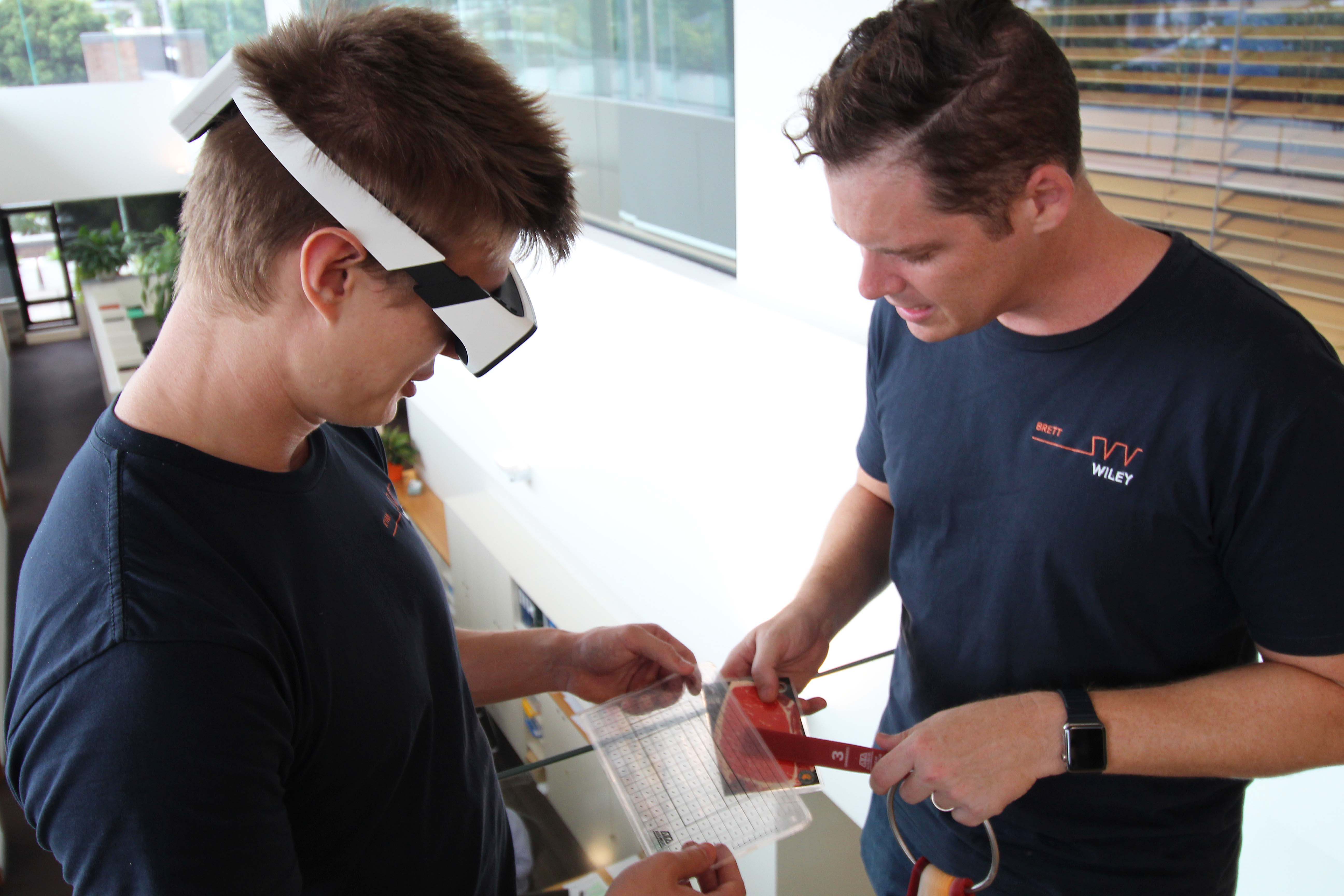MLA Augmented reality for meat grading
| Client: | MLA - Meat & Livestock Australia |
| Scope overview: | Research and development (R&D) project, to innovate meat grading using computer vision |
| Project Profile: | Download PDF |
Project Description
Augmented reality for meat grading—benefits for the Australian meat industry
MLA have partnered with the Wiley Innovation Team, on a research and development (R&D) project, to innovate meat grading using computer vision. The purpose of this research is to develop ‘objective’ measurement and decision support for meat grading staff throughout Australia.
The innovative technology will help strengthen Australia’s position as the world’s leading red meat producers; delivering high quality future supplies to domestic and international markets.
The AR platform, named ARGA (Augmented Reality Grading App) facilitates faster, more consistent and precise meat grading; while taking full advantage of the experience and capabilities of the industry’s meat graders.
The solution is designed to classify the colour of a meat sample, accurately determine the area of the latissimus dorsi muscle, and introduce handsfree scanning of meat sample tickets. These features have been demonstrated on a Vuzix m300 augmented reality headset, as well as on various hand-held devices.
Decision assistance for meat graders may lead to improved transparency and consistent outcomes for the meat industry. Increased precision has obvious benefits such as accuracy on a carcase-by-carcase basis and broader labour efficiencies, but there are also subtle flow-on positive impacts to the industry and processors.
MLA and Wiley are now working together to prepare a Rural R&D for profit submission on an augmented and virtual reality program for all Australian agriculture.

